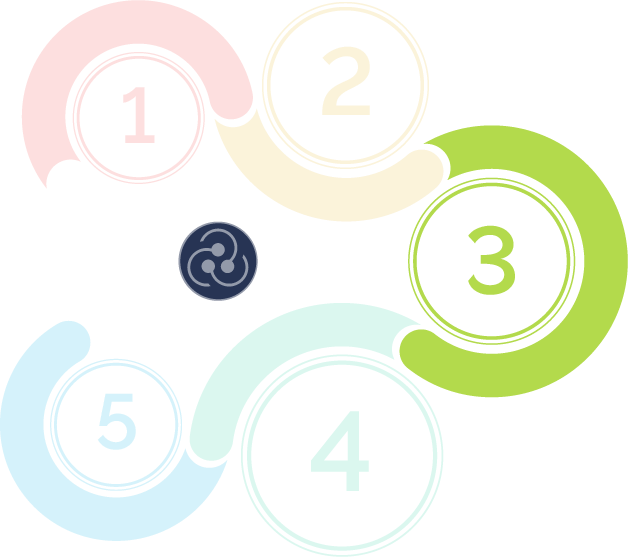Stage 3
Tackling Scope 1 & 2 Emissions
In Stage 3, “Tackling Scope 1 & 2 Emissions,” health care suppliers focus on measuring, setting goals, and implementing strategies to reduce emissions within their organization’s direct operations (Scope 1) and indirect energy use (Scope 2).
This stage involves conducting an emissions inventory, identifying achievable goals, researching emission reduction approaches and technologies, and considering commercially ready and emerging solutions. By taking these actions, organizations can gain insights into their emissions, target feasible reduction areas, and deploy appropriate strategies to drive significant emissions reductions, moving closer to their sustainability goals.
Stage 1
Understanding and Navigating the Regulatory Landscape
Stage 2
Governance and Organizational Planning
Stage 3
Tackling Scope 1 & 2 Emissions
Stage 4
Tackling Scope 3 Emissions
Stage 5
Striving for Continuous Improvement

Stage 4
Tackling Scope 3 Emissions
Stage 2
Governance and Organizational Planning
=
Indicates the resource may require payment or be behind a paywall.
Actions
Conduct an emissions inventory to quantify and track Scope 1 and 2 emissions across the organization’s operations and energy use
- Identify potential funding sources
- E.g., state/federal grants or other incentives
- Begin measuring and reporting Scope 1 and 2 emissions
Better Buildings
GHG Protocol
GHG Protocol Online Training
Scope 1 and Scope 2 Inventory Guidance
EPA eGRID Power Profiler
Guide to the Aga Khan Development Network’s Carbon Management Tool
Carbon Accounting 101
Identify realistic achievable goals across Scopes 1 and 2
- Focus first on Scopes 1 and 2 that are feasible and within scope of control
- Create brief descriptor of scopes w/ resources
- Conduct thorough research into available approaches and technologies for emissions reduction across Scopes 1 and 2. Deliberate carefully to determine the most suitable matches for your assets and operational processes
- E.g., improving water conservation, HVAC updates, energy conservation campaigns
- Identify the commercially ready and emerging technologies available over the next 15 years that could be deployed to reach your decarbonization goals
- E.g., switch to electric vehicles, increase use of telemedicine
Carbon Accounting 101
GHG Protocol
Energy to Care
Better Buildings
Manufacture 2030
Ameresco’s B.Save Calculator
BioPreferred Program Catalog
Green Power Markets
Umass Chan Medical School: The road to decarbonization
Sustainability Roadmap for Health Care
A Medical Equipment Lifecycle Framework to Improve Healthcare Policy and Sustainability
Potential Challenges
Data Availability and Quality
Obtaining accurate and reliable data on energy consumption and emissions can be challenging, particularly when data sources are decentralized or incomplete
GHG Protocol
GHG Protocol Online Training
Scope 1 and Scope 2 Inventory Guidance
Capital Investment Requirements
Implementing emissions reduction measures, energy efficiency upgrades, and renewable energy solutions may require upfront investments that can pose financial challenges
Energy to Care
Better Buildings
Technical Complexity
Addressing emissions from owned or controlled sources and managing energy consumption require specialized knowledge and expertise, which may not be readily available within the organization
Designing a sustainable transition in the MedTech industry
Transforming The Medical Device Industry: Road Map To A Circular Economy
Green Servitization in the Single-Use Medical Device Industry: How Device OEMs Create Supply Chain Circularity through Reprocessing
Regulatory Considerations
Adhering to regulatory requirements and ensuring compliance while pursuing emissions reduction goals can create complexities and potential trade-offs
Understanding the Circular Economy and What Hospitals Can Do to Grow It
Waste Audits in Healthcare: A Systematic Review and Description of Best Practices

